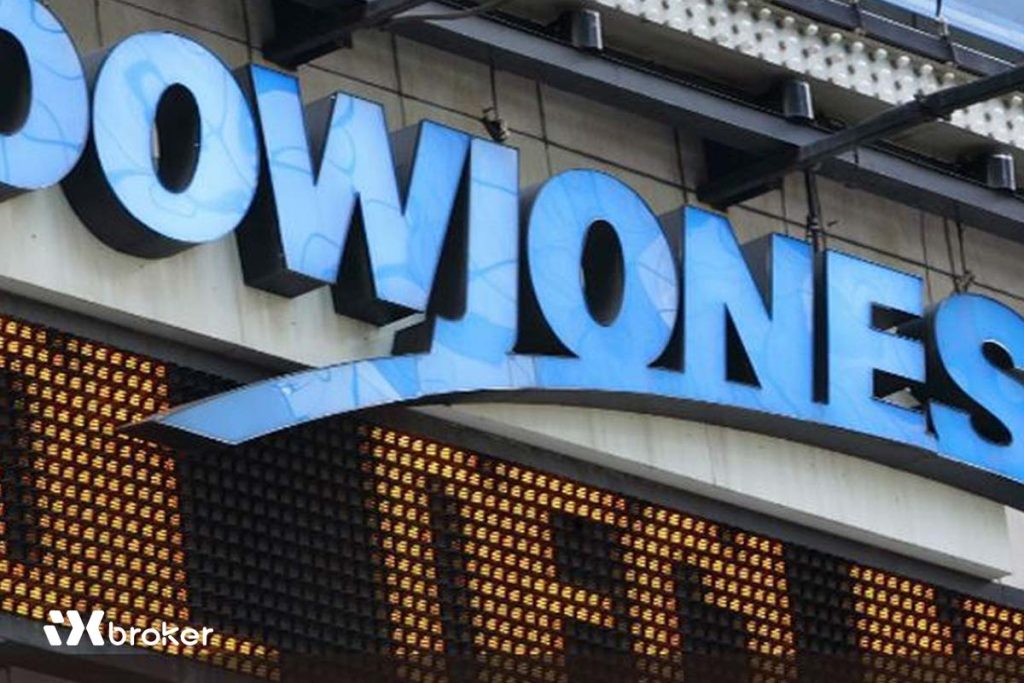U.S. home prices are expected to grow 3.5% annually through 2027, but tariffs and rising construction costs will hinder affordable housing development.
U.S. home prices are projected to increase steadily by 3.5% annually through 2027, driven by modest declines in mortgage rates. However, tariffs imposed during the Trump administration are expected to hamper the construction of affordable new homes, exacerbating supply constraints amid rising demand, according to a recent Reuters poll of property experts.
US Housing Market Outlook: Growth Amid Construction Challenges
The U.S. housing market is poised for moderate price growth over the next few years, with home prices forecast to rise by 3.5% annually through 2027, according to a Reuters survey conducted between May 19 and June 3, 2025. Despite the anticipated increase, this growth rate marks the slowest pace since 2011, reflecting ongoing pressures in affordability and supply.
Experts attribute the expected price increases primarily to a forecasted gradual easing of mortgage rates, which are currently elevated compared to the historically low levels seen during the peak of the COVID-19 pandemic. Average home prices today remain over 50% higher than in 2019, underlining the lasting impact of the pandemic on the housing market.
Mortgage Rates to Remain Elevated, Limiting Affordability
Mortgage rates, a critical factor influencing home affordability, are expected to remain relatively high in the near term. Although Federal Reserve rate cuts are anticipated later this year, 30-year fixed mortgage rates are projected to decrease only slightly—from a current average of 6.98% to approximately 6.73% in 2025, and further to around 6.29% by 2027. This is significantly above the roughly 3% rates that buyers enjoyed during the pandemic, which many hoped would continue.
James Egan, a housing strategist at Morgan Stanley, noted, “We don’t expect mortgage rates to come down much at least through the third quarter of 2025, so affordability will remain pressured.” Similarly, Lawrence Yun, chief economist at the National Association of Realtors, emphasized that a substantial drop in mortgage rates—by 50 to 100 basis points—would be necessary to trigger a surge in buying activity.
Federal Budget and Debt Concerns Dampening Market Optimism
Earlier this year, many experts were optimistic about housing affordability improving as the Federal Reserve stayed on the sidelines regarding interest rate hikes. However, this outlook has been tempered by congressional approval of a large tax-cut and spending bill projected to add approximately $3.3 trillion to the federal debt by 2034, increasing concerns over long-term fiscal sustainability.
The resulting spike in long-term bond yields has further limited the potential for mortgage rates to fall significantly, creating a challenging environment for prospective homebuyers seeking affordable financing.
Tariffs Pose Additional Hurdles to New Construction
While home prices are expected to rise steadily, the supply side of the market faces significant headwinds. Construction spending unexpectedly declined in April 2025, driven largely by reduced investments in single-family housing and a growing inventory of unsold homes.
Moreover, tariffs enacted during the Trump administration have increased costs for building materials, limiting new affordable home construction. Most analysts surveyed by Reuters expressed near-unanimous agreement that these tariffs will continue to hinder efforts to expand housing supply, particularly in the affordable segment.
Thomas Ryan, an economist at Capital Economics, summarized the market’s current state: “The housing market remains in a cooler phase as sellers continue to adjust to looser conditions following the red-hot pandemic years.” This cooling, combined with construction constraints, indicates that affordability challenges may persist for the foreseeable future.
Looking Ahead: Moderate Growth Amid Structural Challenges
Overall, the U.S. housing market is expected to navigate a complex environment of moderately rising prices, constrained supply, and high financing costs. While some easing of mortgage rates is anticipated over the next few years, rates are unlikely to return to the ultra-low pandemic levels that previously fueled a surge in buying.
The continued impact of tariffs on construction costs, combined with fiscal pressures and elevated mortgage rates, suggests that affordable housing development will remain limited. As a result, the market will likely see steady but slow price growth, with affordability remaining a central concern for buyers.
For stakeholders across the real estate sector, understanding these dynamics will be essential for navigating the evolving U.S. housing landscape through 2027.



